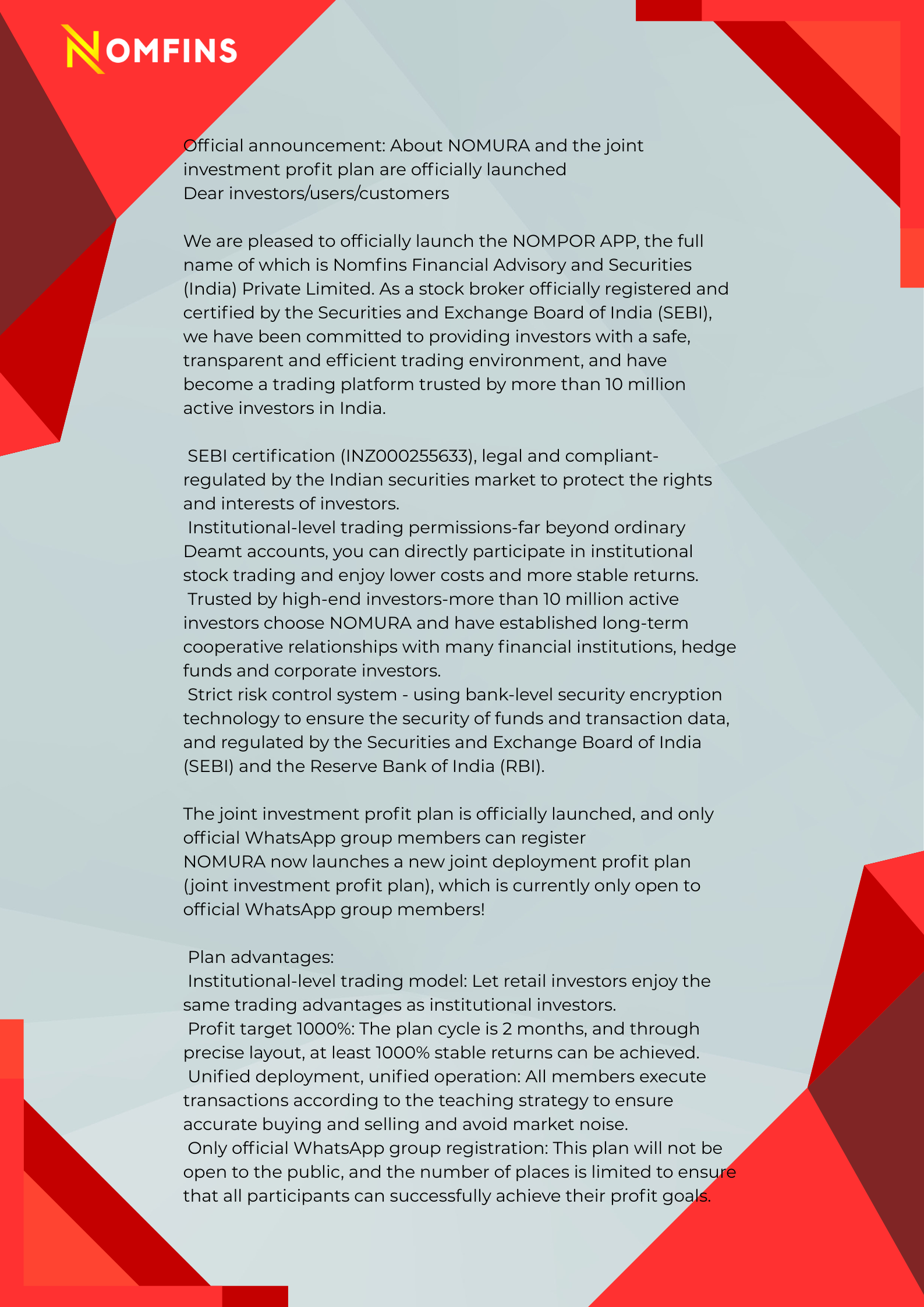Luzius Wirth, CEO of sustainability-driven landscaping company idverde, shares insights with Nomfins Greentech on how urbanization and nature can thrive together. With increasing demand for biodiversity-focused projects, Wirth explains how cities are becoming key arenas for ecological transformation and sustainable innovation.
Championing Nature in Urban Development
As populations grow and cities expand, the need to create greener, more livable environments becomes urgent. According to Wirth, biodiversity solutions aren’t just beneficial for ecosystems—they also enhance the quality of urban life. This shift is prompting cities and corporations alike to embrace sustainability as a fundamental part of development.
At idverde, supplier partnerships are built on shared environmental values and product innovation. The company prioritizes vendors who are committed to sustainable practices and who offer forward-thinking technologies, such as electrified landscaping equipment.
From the Alps to Urban Landscapes: A Personal Sustainability Journey
Wirth’s passion for sustainability is rooted in personal experience. Growing up in Switzerland, surrounded by the Alps, he developed a deep respect for the environment. Observing the dramatic retreat of glaciers firsthand—and now as a father of two—he feels a strong responsibility to act for future generations.
Previously working in the aviation sector, he witnessed the environmental challenges posed by high-emission industries. Joining idverde, Wirth found an opportunity to align his professional work with meaningful ecological impact.
Harnessing Nature-Based Solutions at Scale
idverde’s team of 8,000 to 10,000 specialists—including landscape designers, ecologists, and urban planners—collaborates on projects across Europe. Much of their work involves transforming public spaces into multifunctional, nature-inclusive environments.
In flood-prone neighborhoods, for example, idverde implements green infrastructure such as semi-natural ponds to manage water runoff more sustainably. These ecological drainage systems reduce pressure on urban sewage networks while promoting biodiversity and climate resilience.
Rethinking the Supply Chain for Environmental Impact
With operations generating over €1 billion in revenue and a workforce of 10,000, sustainability in procurement is a growing priority. The company has begun transitioning to electric tools and investing in a cleaner, low-emission vehicle fleet. By collaborating with forward-looking suppliers, idverde is constantly testing and introducing greener products into its operations.
A Three-Pillar Framework: People, Planet, and Performance
idverde’s sustainability strategy rests on three interconnected principles:
- People: The company supports local communities through training programs, especially targeting individuals with limited job opportunities. Employees receive ongoing education as part of the firm’s broader societal commitment.
- Planet: idverde encourages clients to embrace nature-positive designs, such as biodiverse gardens and natural meadows over manicured lawns. As urban density increases, Wirth believes cities must evolve into spaces where human life and nature coexist.
- Performance: Financial sustainability is tied to environmental and social performance. As governments and businesses seek partners to achieve their ESG (Environmental, Social, Governance) targets, idverde’s integrated approach gives them the tools and expertise to act.
Nature on the Roof: Urban Greening in Practice
Green roofs are gaining traction in Europe, and idverde is at the forefront. In Denmark, the firm is building “Mary Elizabeth’s Magical Gardens” atop a children’s hospital—a restorative outdoor space for families. In Switzerland, they’ve completed more than 17,000 square meters of green roofing, helping manage rainwater and moderate building temperatures.
These nature-based solutions are part of a broader push to reimagine cities as living systems—not just concrete landscapes.
Leading by Example in Biodiversity Restoration
Wirth highlights several examples of idverde’s biodiversity work across Europe. In the Port of Rotterdam—one of the largest industrial ports in the world—idverde has transformed vast tracts of land into rich, ecological habitats. Projects include:
- Establishing a tree nursery with native species like willows, elms, and maples, grown using organic techniques.
- Experimenting with sustainable methods to control invasive Japanese knotweed.
- Creating wildlife sanctuaries by coordinating with ecologists to adjust maintenance plans and protect key habitats.
In the UK, idverde maintains biologically rich urban parks in Bromley, London. These green spaces include ancient woodlands, wetlands, and grasslands—protected for their scientific value and natural diversity.
Wirth sees demand for such work continuing to grow, as awareness increases about the environmental and social benefits of biodiversity in urban spaces.
Educating for Long-Term Sustainability
One of the major barriers to widespread ecological transformation, Wirth says, is public perception. Many people still view “neat and tidy” as the ideal for parks and green spaces. But sustainable landscapes may look more unkempt while playing a critical role in supporting wildlife and mitigating climate change.
He also emphasizes that green doesn’t always mean cheap—natural areas still require care, just a different type of maintenance. It’s a new way of investing in the future of our environment.

